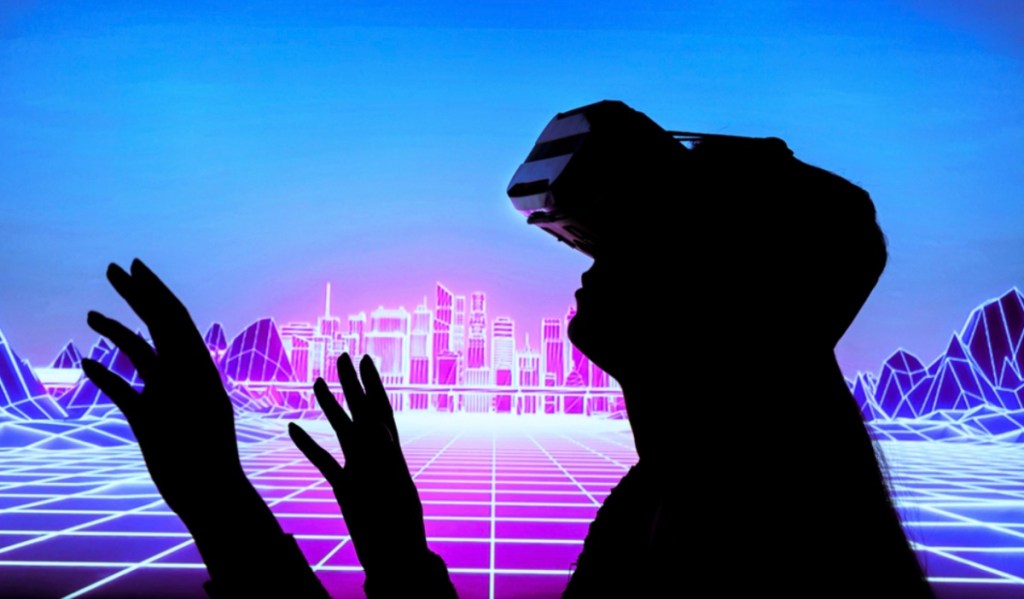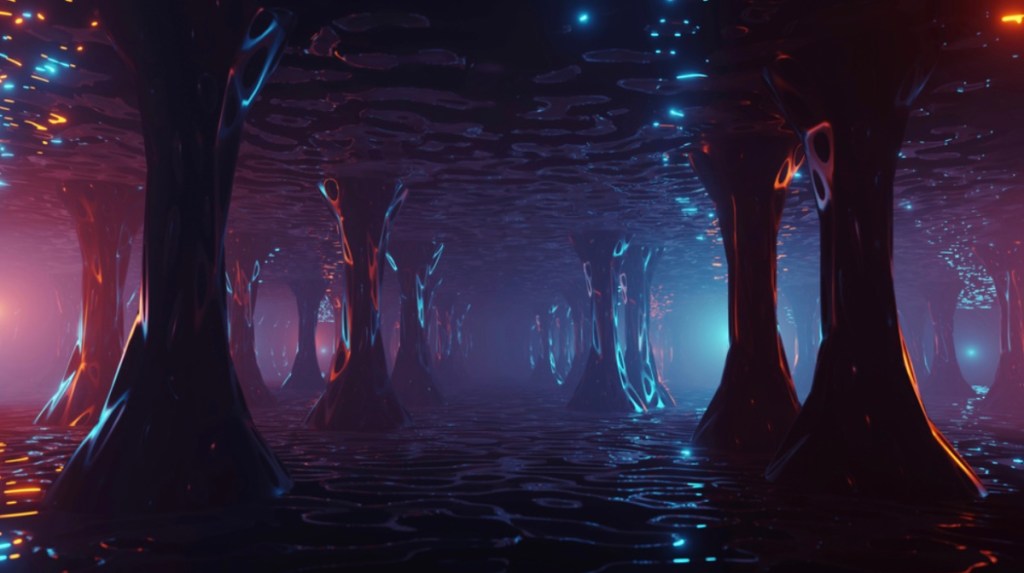The technology race never stops for a minute. Both tech giants and independent developers are constantly improving existing technologies and creating new ones, often driven by user pain points. Digital interactions are also evolving, shaping a new version of the internet called Web3, which promises to be more decentralized, transparent, and user-centric.
The shift from Web2 to Web3 is still ongoing. But we can already see how businesses and users are responding to the new digital landscape in Web3 trends for 2025. From using internet pictures for generating NFTs to adopting more sustainable blockchain solutions, learn what awaits us in the upcoming year as we transition to a more user-focused internet.
What is Web3?
Web3, also known as Web 3.0, is the next generation of the internet, which aims to transfer control from large organizations to users. All so they can have more ownership over their data, interactions, and digital assets.
Web3 is built on blockchain technology, decentralization, and a token-based economy and is intended to replace Web2, where users’ data is not owned by them, but monetized and resold to advertisers.
Key principles of Web3
— Decentralized infrastructure
In the new iteration of the Internet, data is stored in peer-to-peer networks. These networks have no central controller, ensuring that no single entity has complete control over the data.
— Ownership of digital assets (internet pictures, digital art, etc.)
Thanks to NFTs and smart contracts, users can have control over digital assets in Web3, including cryptocurrencies, digital art, and internet images by Depositphotos (if sold as NFTs).
— Better privacy and security
Cryptographic tools used in Web3 are bound to protect user data and ensure secure interactions.
What technologies support Web3?
Now that you know what web3 is, we can explore the main technologies that support it.
- Blockchain technology. A blockchain is a digitally distributed database of transactions that is shared across a network of computers. This technology consists of a growing list of records called blocks that are added together in chronological order, creating a chain.
- Smart contracts.Smart contracts are digital contracts that are automatically executed when all predefined conditions are met. They are built on blockchain, which makes them trackable but irreversible.
- Decentralized storage.Web3 relies on distributed storage systems, such as IPFS, Arweave, and Filecoin, to move away from centralized data servers.
- Digital assets and tokens.Cryptocurrencies, stablecoins, NFTs, and central bank digital currencies (CBDCs) exist only in digital form, but still have value and can be exchanged, bought, and sold just like physical assets.
Main Web3 trends to watch in 2025
The coming year looks promising for the Web3 community, with several key trends to keep an eye on.
- More sustainable blockchain solutions
The integration of blockchain technology into mainstream platforms has been a trend over the past few years. We see companies like PayPal, Meta, X, Amazon, and even Starbucks using blockchain technology to keep up with trends, ensure secure transactions, and engage customers. Yet, as blockchain becomes more popular, a new problem arises—sustainability.
The environmental impact of blockchain technology is a growing concern, as Bitcoin mining negatively impacts climate, water, and land. In 2020–2021, China alone produced carbon emissions that could be offset by 2 billion trees. Therefore, enterprises and governments are looking for ways to minimize the carbon footprint of cryptocurrencies and blockchain technology.
- The evolution of Web3 gaming
Until now, Web3 gaming has been more of a niche experiment rather than a mainstream industry. But that will change in 2025, as major gaming companies begin to adopt blockchain technology to create gaming ecosystems in the next generation of the internet.
See for yourself. In 2023, Coingecko reported that 72.5% of leading video game companies were investing in Web3. In 2024, investments in Web3 gaming hit $1.1 billion, indicating the promising performance of the Web3 and blockchain gaming sectors. Therefore, it is likely that in 2025, we will see a major shift towards decentralized platforms and blockchain games.

- Tokenization of real-world assets
Historically, investments in high-value and low-liquidity assets were limited to institutional investors. As a result, only people with significant wealth had access to these opportunities. However, this will change with the tokenization of real-world assets, such as real estate, commodities, art, and luxury goods.
Next year, people from all walks of life will have the chance to invest in these previously exclusive assets through blockchain technology. And many will try to purchase tokenized RWAs because they ensure ownership via secure transactions on the blockchain and reduce the risk of fraud.
- The use of internet images for generating NFTs
The recent shift to AI-generated art will also touch non-fungible tokens (NFTs) in 2025. Next year, digital creators will start using AI-generated art to design unique NFTs. AI technology can help creators increase the quality, variety, and quantity of NFTs in their portfolio.
Although this trend is not an obvious one, it is sure to revolutionize the creation of non-fungible tokens and attract a new wave of collectors. In addition, the blockchain technology behind NFTs will ensure that each art piece is authentic and cannot be duplicated.
- Web3 will require non-technical expertise to promote decentralized apps and NFT-based internet pictures
The Web3 job market is also undergoing some changes. Creators of Web3 apps and games want to promote Web3 to less tech-savvy users. However, it’s only possible with the help of professionals who can explain the benefits of Web3 in a simple and engaging way.
As a result, the roles of Web3 marketers, content creators, and UX/UI designers will be in demand in 2025. Their non-technical expertise is essential to bridge the gap between complex technology and the everyday user.
Conclusion
While Web3 won’t solve all problems with the internet we use today, it has the potential to shift power from large companies and corporations to individual users. Then the simple use of internet images or real-world assets will become easier and more secure. But the only way to make this happen is by educating people about the possibilities and benefits of Web3, as well as the tech trends that await us in the near future.
Article provided with permission from AppleWorld.Today



